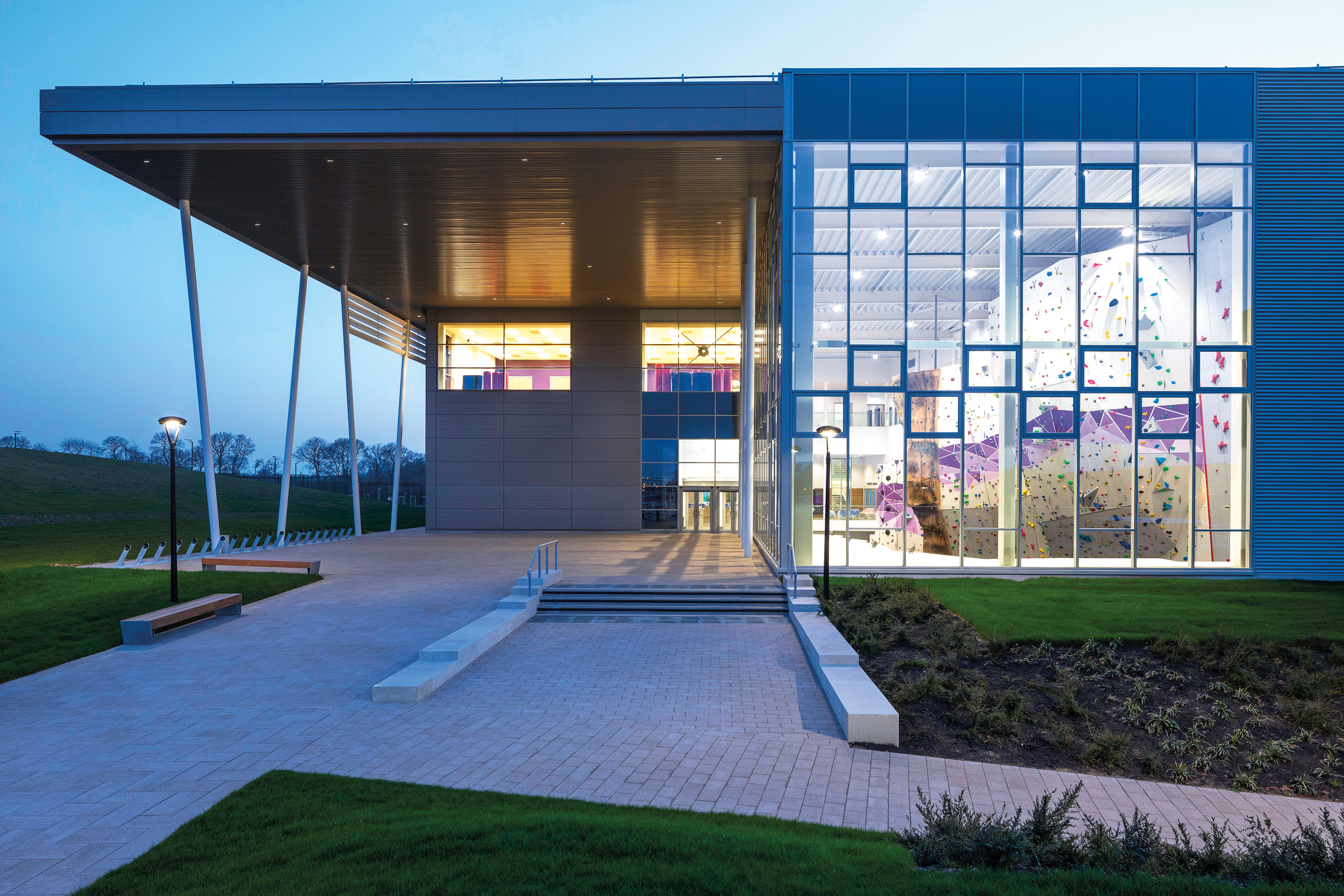
How Willmott Dixon’s Energy Synergy consultancy helped Warwick University’s new Sports Hub to become one of the most energy-efficient leisure facilities in the UK.
WILLMOTT Dixon’s Energy Synergy consultancy service grew out of the contractor's experience of delivering Passivhaus schemes.
“Contractors normally deliver projects to theoretical predicted energy standards, but buildings rarely meet these. CIBSE recently estimated that completed projects can consume two to five times more energy than estimated at the design stage, with a significant proportion of this coming from unregulated energy uses such as fit-out equipment and IT systems,” explains Francesca Wilkinson, assistant environment manager at Willmott Dixon.
“As energy usage in the built environment contributes approximately 20 per cent to the UK’s carbon footprint, solving this issue would make a big difference to the overall sustainability target of the UK.”
total transparency
Energy Synergy sees the contractor work with customers from project inception to completion and beyond – delivering assured building performance based on real-life measures.
The team gathers performance data once customers have occupied a building. This is compared to the modelled energy performance over a two to three-year period post-completion to understand how a building is performing and how it differs from the assumptions made during design.
“Evaluating data regularly ensures that our facilities operate as designed, provide customers with total transparency around their building’s performance and deliver cost savings through optimised energy performance,” says Wilkinson.
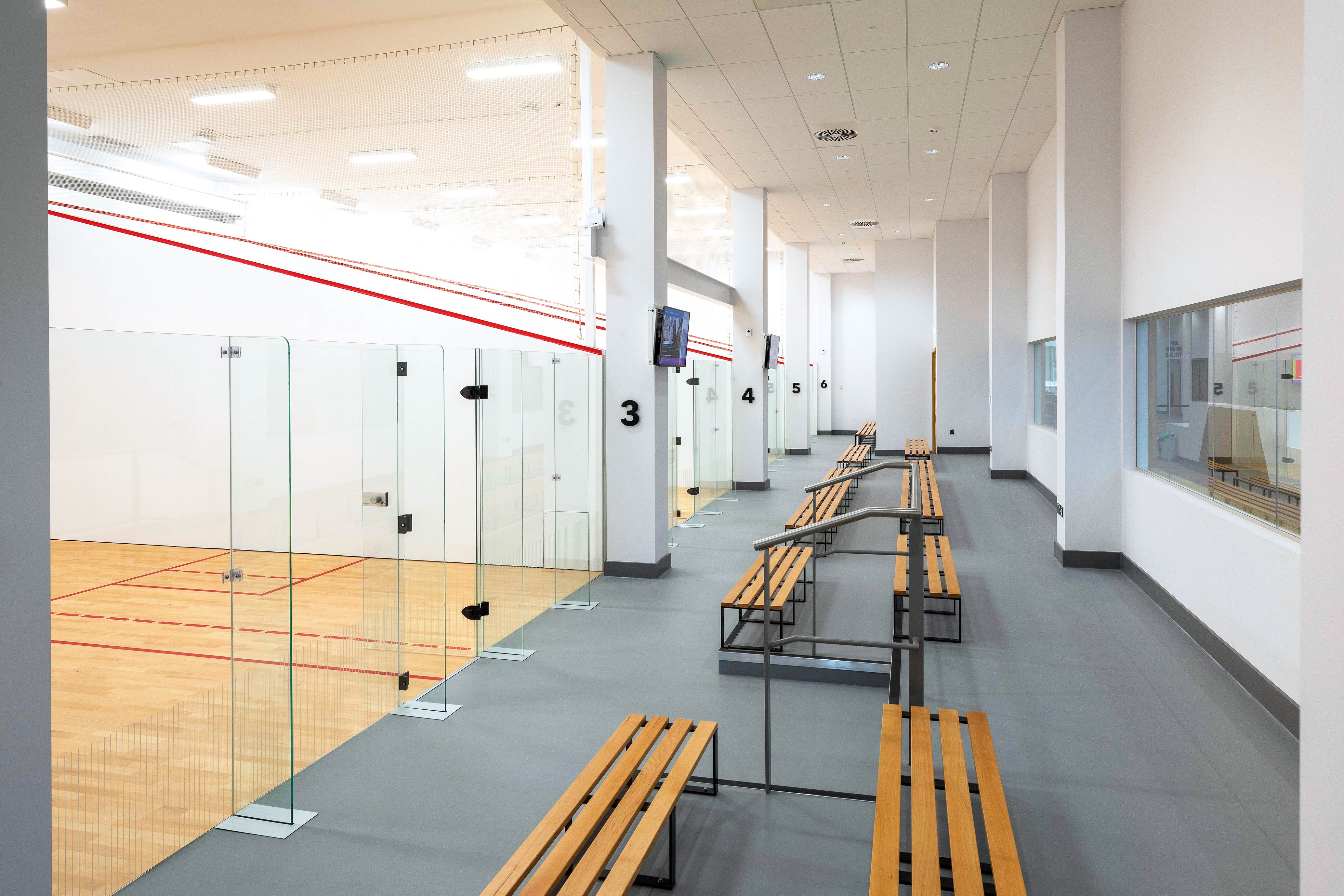
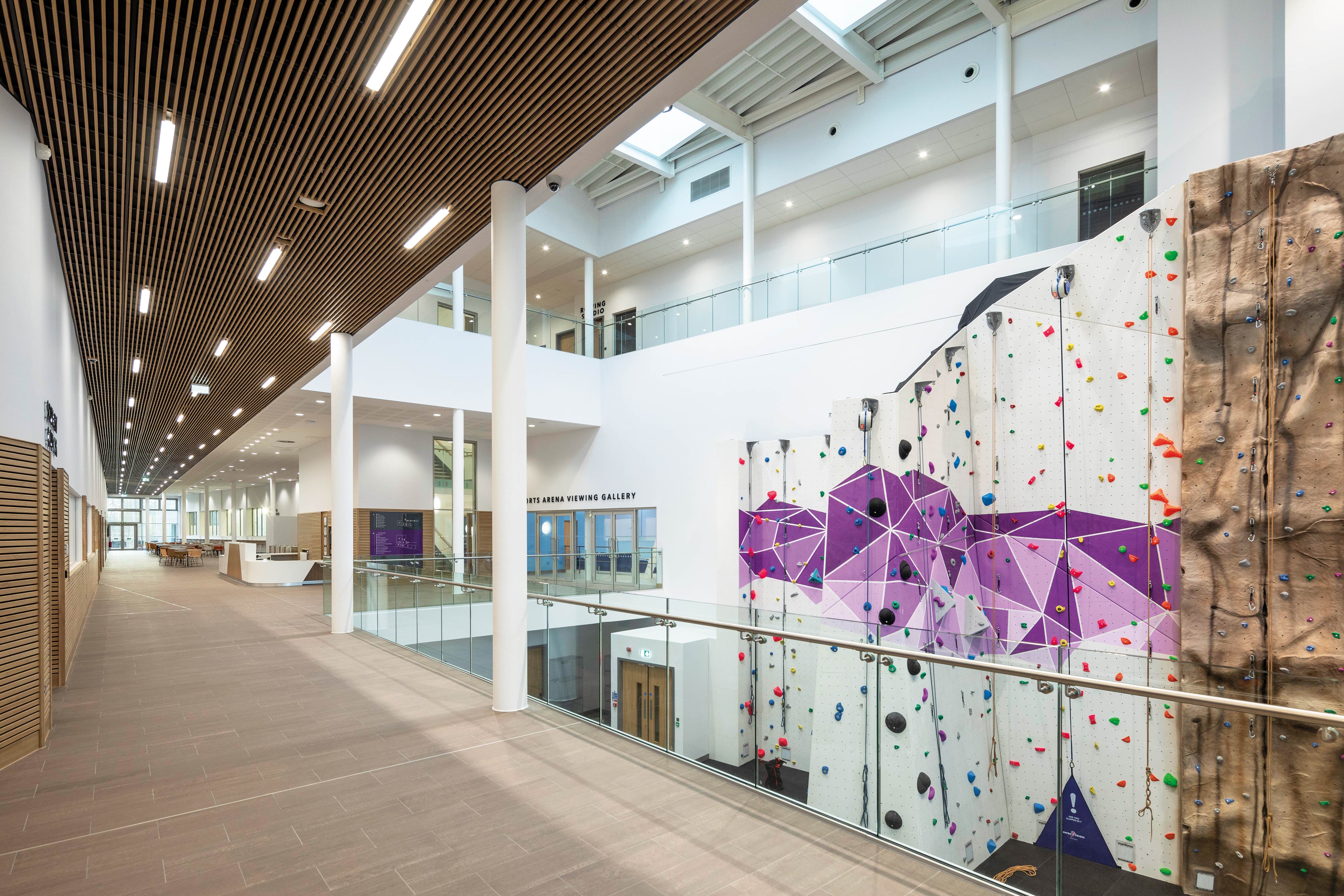
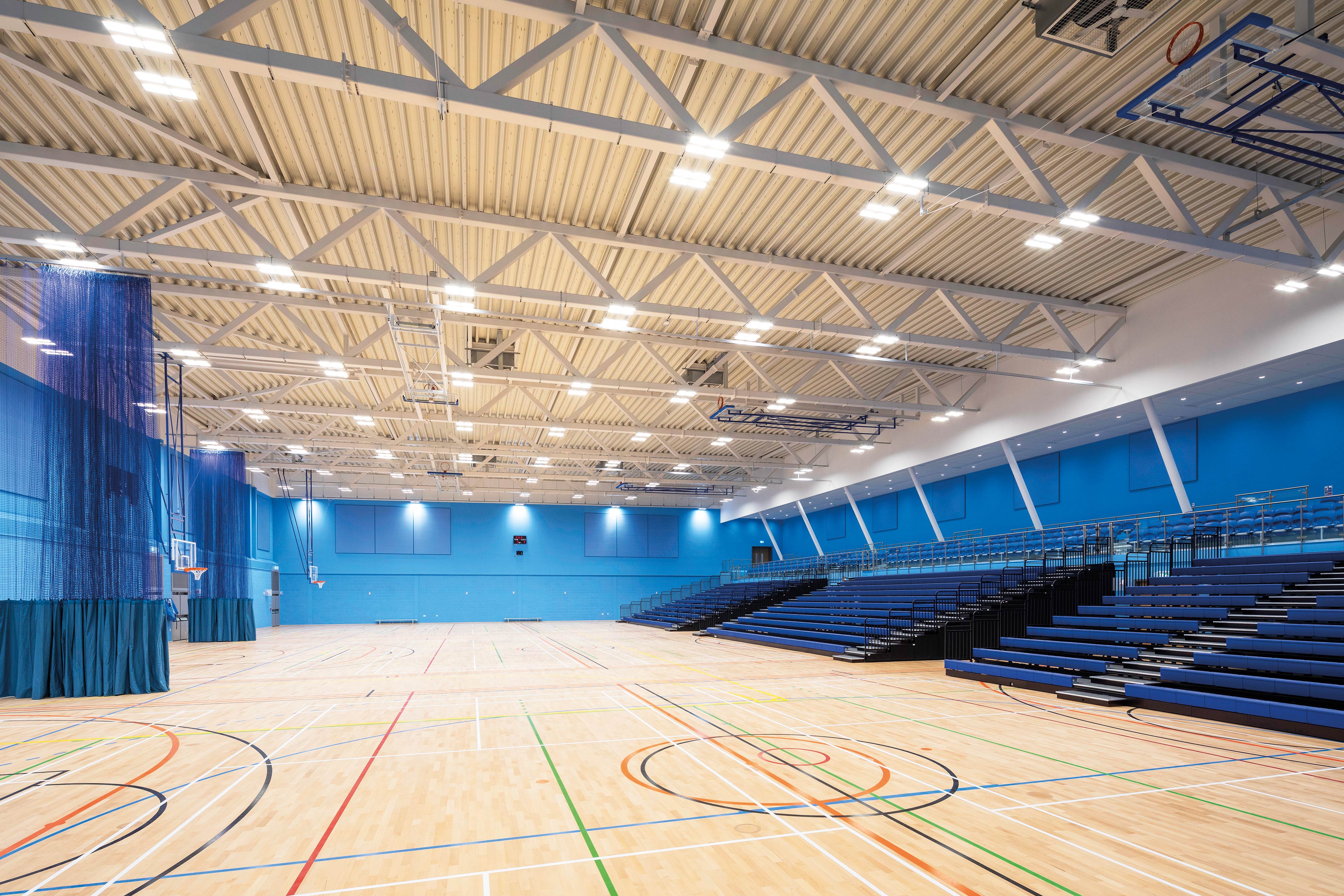
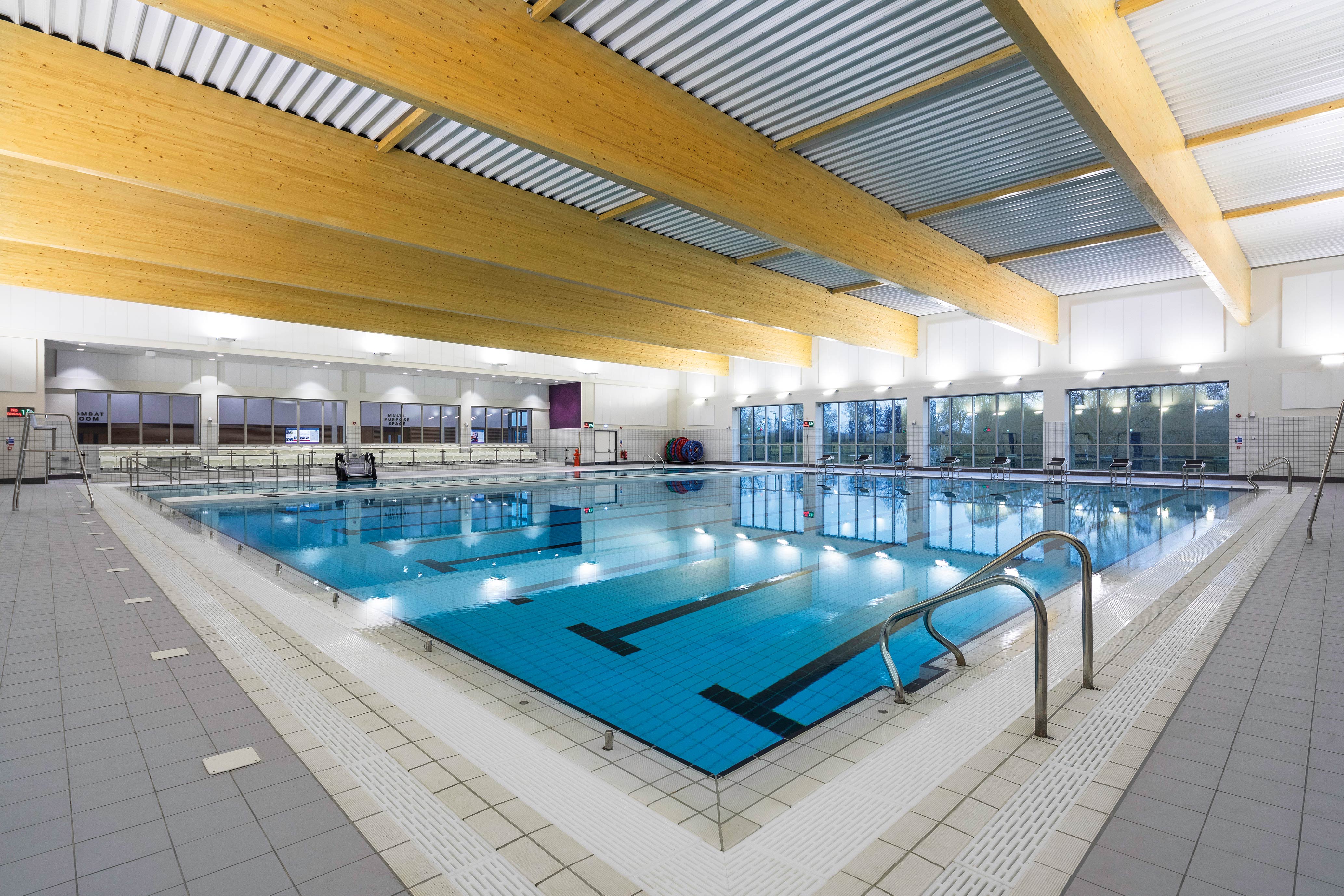
energy efficiency in action
Launched in 2019, Warwick University’s £37m Sports Hub includes 15,500sq m of indoor space, including a multi-functional sports hall, the biggest gym in the higher education sector, a 12-lane pool, indoor climbing wall, fitness suites and squash courts. The project benefits from smart climate controls and user customisation technologies, including coolant technology to provide the right temperature for any sport and automatically adjusted lighting in key rooms for optimal ambience.
The university has committed to achieving net zero carbon across its activities by 2030 for direct emissions.
As part of the consultancy offering, Willmott Dixon continued working with the university's sustainability team after project completion and during building occupancy, to ensure the Hub was performing well and meeting its predicted targets. To achieve the university’s ambitious goals for the facility, extensive in-house monitoring was required once the building was opened to identify further energy savings. This involved monitoring operational use across 12 categories including heating, ventilation, pumps and domestic hot water.
By estimating the energy consumption of projects during the design process, monitoring them during occupancy and making marginal energy changes at the facility, the company saved the university over £40,000 and a carbon saving of 98.5 teCO2e within its first year of operation.
“Energy Synergy has enabled the Sports Hub to become the most energy-efficient leisure centre in the UK, performing 27.5 per cent better than CIBSE’s Energy Benchmark. As a direct result of our development work, the university has been able to recruit a full-time internal role to review all of its building performance, by optimising budget that would have previously been spent on energy consumption,” says Wilkinson.